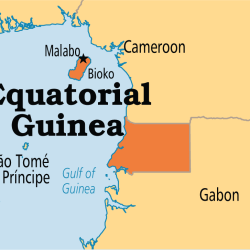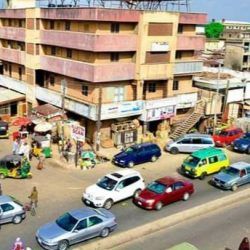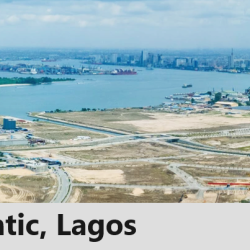The history of port development in Nigeria dates back to the mid 19th century, long after the onset of seaborne trade that followed the early coastal explorations. Initial efforts to provide facilities for oceangoing vessels can be seen in the attempts to open up the entrance to Lagos Lagoon. There was considerable degree of littoral drift along this coast; and the constantly shifting channels in the bar at the entrance made entry very difficult.






On 1 February 1914 the ‘Akoko’, drawing 5.64 metres, became the first mail steamer to enter Lagos Harbour. Two months later, vessels began to use the Customs Wharf on Lagos Island.
Demand
Previously, the explorations and trade activities of European missionaries and businessmen had created the demand for a port on the wide coastal stretch between Calabar and Lagos.
In the 15th century European voyagers discovered the rich natural resources of West and Central Africa – resources they needed for their economic and industrial revolution. The Bight of Benin was opened up by the Portuguese navigator John d’Aveiro in 1485 and in 1553 the English adventurer Capt Thomas Wyndham arrived on the nation’s coast.
The first major breakthrough in opening up the Lagos Lagoon came in 1906 when orders were placed for dredgers to work at the bar. In the same year, approval was given for construction of the first section of the East Mole.
A new railway from Lagos to Otta and then to Abeokuta made it possible to bring stone for the construction of the mole. Depths over the bar improved steadily as the entrance moles were pushed further seawards. A decision was taken in 1913 to develop Apapa Port. Construction of the first four deepwater berths at Apapa, with a length of 1,800 ft, began in 1921. In 1948 an additional 2,500 ft of berths were installed downstream of the first four berths. An area of 41 ha was reclaimed behind the wharves to accommodate transit sheds, warehouses and marshalling yards. The discovery of coal in Enugu prompted the building of ports in the east of the country. Construction of the Port Harcourt wharf commenced in the first quarter of the century.
Berths
In 1913 Port Harcourt Port was opened to shipping by the Governor General, Lord Luggard. The railway to Enugu was completed in 1916. A berth for colliers was created so that coal could be loaded from rail to ship. Four berths of 1,920 ft were developed at Port Harcourt Port in 1927. Until 1954, the concept of a port as an integral part of the nation’s socio-economic development had not been properly addressed. Port operation and management had been controlled by different government departments: 1. Railway Corporation Department: in charge of cargo handling 2. Public Works Department: In charge of quay maintenance 3. Marine Department: responsible for maintenance of the harbour channel and berthing of vessels










